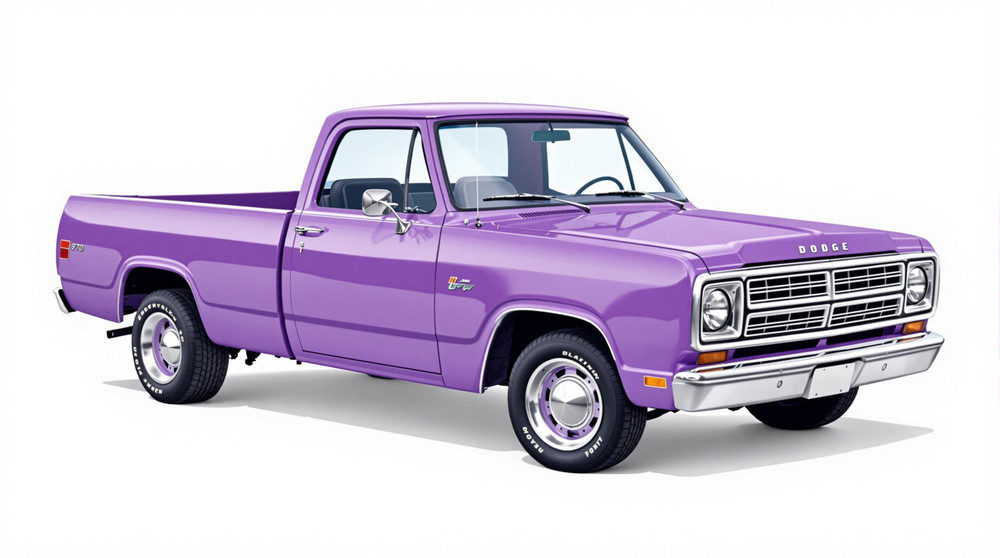Image of 1970 Dodge D300 Pickup, Note: These illustrations use artistic license and may differ from actual historical models.
Performance Metrics
Fundamental Metrics
Emotional Appeal
MMP Rating
| Engine Specifications | |
|---|---|
| Engine: | 318 CID V8, 383 CID V8, 440 CID V8 |
| Displacement: | 318 - 440 cubic inches |
| Horsepower: | 210 - 375 hp |
| Torque: | 320 - 480 lb-ft |
| Compression Ratio: | 8.5:1 - 10.1:1 |
| Ignition System: | Electronic Ignition |
| Cooling System: | Liquid-cooled |
| Performance Specifications | |
| 0-60 Time: | Estimated 8 - 10 seconds |
| 1/4 Mile Time: | Estimated 16 - 18 seconds |
| Top Speed: | 100 - 120 mph |
| Transmission and Drive | |
| Drive Type: | Rear-wheel drive |
| Transmission Type: | 3-speed automatic or 4-speed manual |
| Fuel and Efficiency | |
| Fuel System Type: | Carburetor |
| MPG: | Estimated 10 - 12 mpg |
| Dimensions and Brakes | |
| Brakes: | Front disc and rear drum brakes |
| Wheelbase: | 133 inches |
| Weight: | 4,500 - 5,000 lbs |
Note: Specifications for classic cars are given to the best of our ability, considering the limited and variant data available.
A Stalwart of American Muscle: The 1970 Dodge D300 Pickup
With a rumble that resonated through the heart of America, the 1970 Dodge D300 Pickup emerged as a testament to rugged functionality and raw power. Born from the assembly lines of Chrysler Corporation's Dodge division, this classic workhorse encapsulated the spirit of an era where pickups began to symbolize more than just utility—they became icons of American automotive culture. A unique fact that piques interest is that the D300, while built for work, shared a lineage with some of the era's most revered muscle cars, making it a unique bridge between utility and performance.
Design and Innovation
The 1970 Dodge D300 Pickup stood out with its robust and no-nonsense exterior styling. Its broad-shouldered stance and prominent grille exuded confidence, while the utilitarian lines spoke to its work-ready design. Inside, the cabin offered a spartan yet functional space, with durable materials designed to withstand the rigors of daily labor. Technologically, it featured advancements like improved suspension systems for better load carrying, and for those who desired more comfort, options like air conditioning were becoming more common. Popular color choices ranged from classic white to bolder hues like red and blue. The most iconic body style was undoubtedly the Sweptline, with its smooth side panels and ample cargo space.
Historical Significance
The D300's impact on automotive design was subtle yet significant, setting a benchmark for the integration of muscle car aesthetics into pickup trucks. It stood apart with its ability to offer both performance and practicality, a concept that would influence future generations of pickups. Its lasting influence can be seen in the continued popularity of performance-oriented trucks.
Performance and Handling
Under the hood, the 1970 Dodge D300 was no slouch. While top speed and acceleration figures were not headline-grabbing, they were respectable for a vehicle of its size and purpose. Handling was as expected for a large pickup of the era—sturdy and reliable rather than nimble. The driving experience was characterized by the visceral sound of its V8 engine and the solid feel of its ride, providing drivers with a sense of unyielding capability.
Ownership Experience
The D300 served many roles—from a reliable daily driver to a weekend show car, and occasionally even as a participant in local drag racing events. Owners appreciated its straightforward mechanicals, which made maintenance and repairs relatively easy for the average person. As with many vehicles of its age, reliability depended largely on regular upkeep.
Fun Facts
Among the trivia that surrounds the 1970 Dodge D300 is its occasional role as a canvas for customizers, who transformed these sturdy pickups into unique expressions of automotive art. While not known for breaking speed records, it certainly set sales records for Dodge in the commercial sector. Criticisms typically revolved around fuel efficiency—a common issue for vehicles of this period.
Collector's Information
Today, the value range for a well-maintained 1970 Dodge D300 Pickup can vary widely. Estimates suggest that these vehicles are moderately rare, with production numbers not as high as some of their lighter-duty counterparts. Price trends indicate that well-preserved models are appreciating in value, with some fetching prices in the tens of thousands depending on condition and originality.
Conclusion
The 1970 Dodge D300 Pickup remains an emblematic figure in the tapestry of American automotive history—a blend of muscle car soul and workhorse resilience. Its legacy endures in the hearts of collectors and enthusiasts alike, solidifying its place as a cherished piece of Americana on wheels.
1970 Dodge D300 Pickup Catalog of Parts
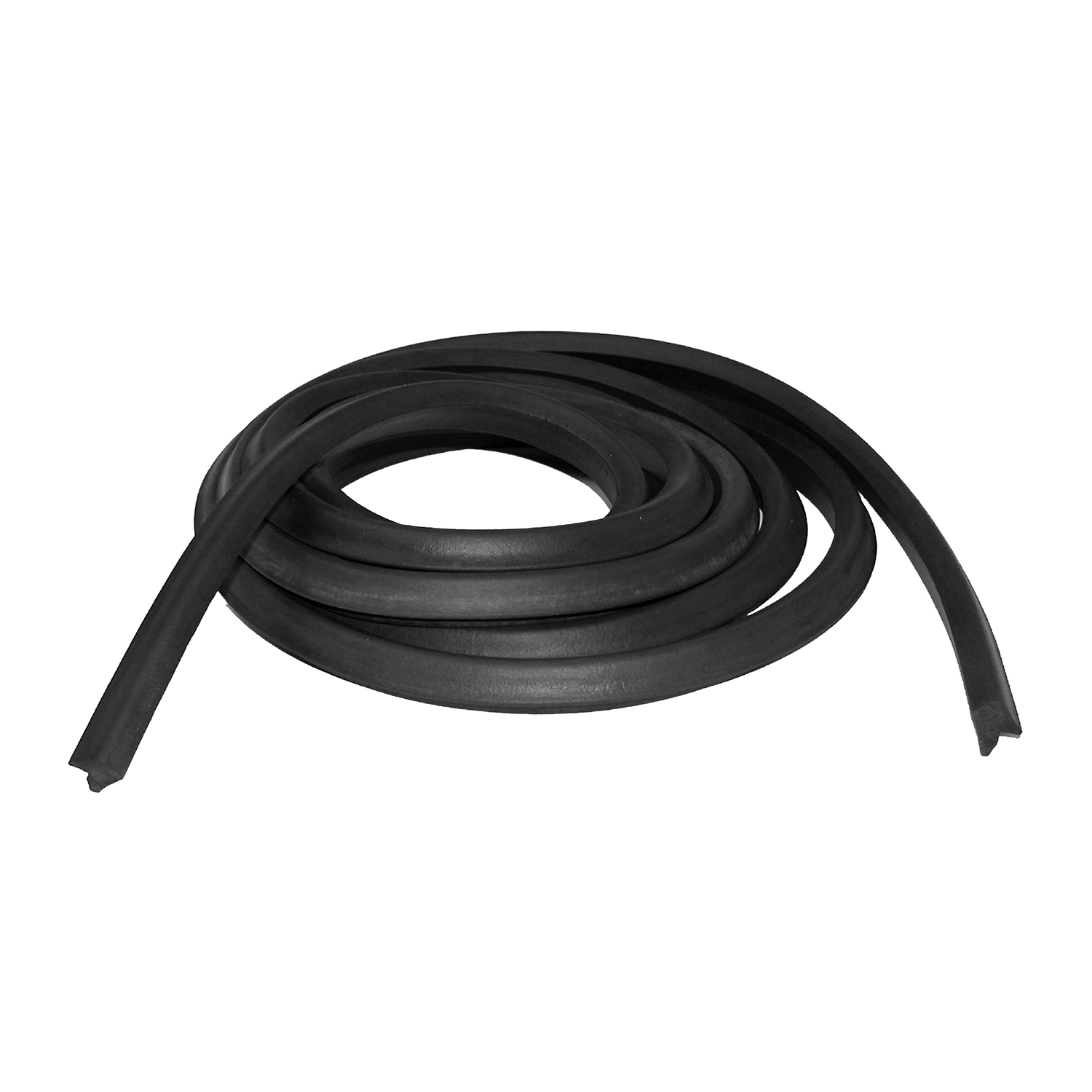 1970 Dodge D300 Pickup Door seal, 61-71 Dodge D/W-Series (100/200/300) 2 and 4 door trucks.-LM 122Door seal, '61-'71 Dodge D-Series/W-Series (100/200/300) 2 and 4 door truck models, fits front left or right side, each. Replaces OEM part # 3729424.
1970 Dodge D300 Pickup Door seal, 61-71 Dodge D/W-Series (100/200/300) 2 and 4 door trucks.-LM 122Door seal, '61-'71 Dodge D-Series/W-Series (100/200/300) 2 and 4 door truck models, fits front left or right side, each. Replaces OEM part # 3729424.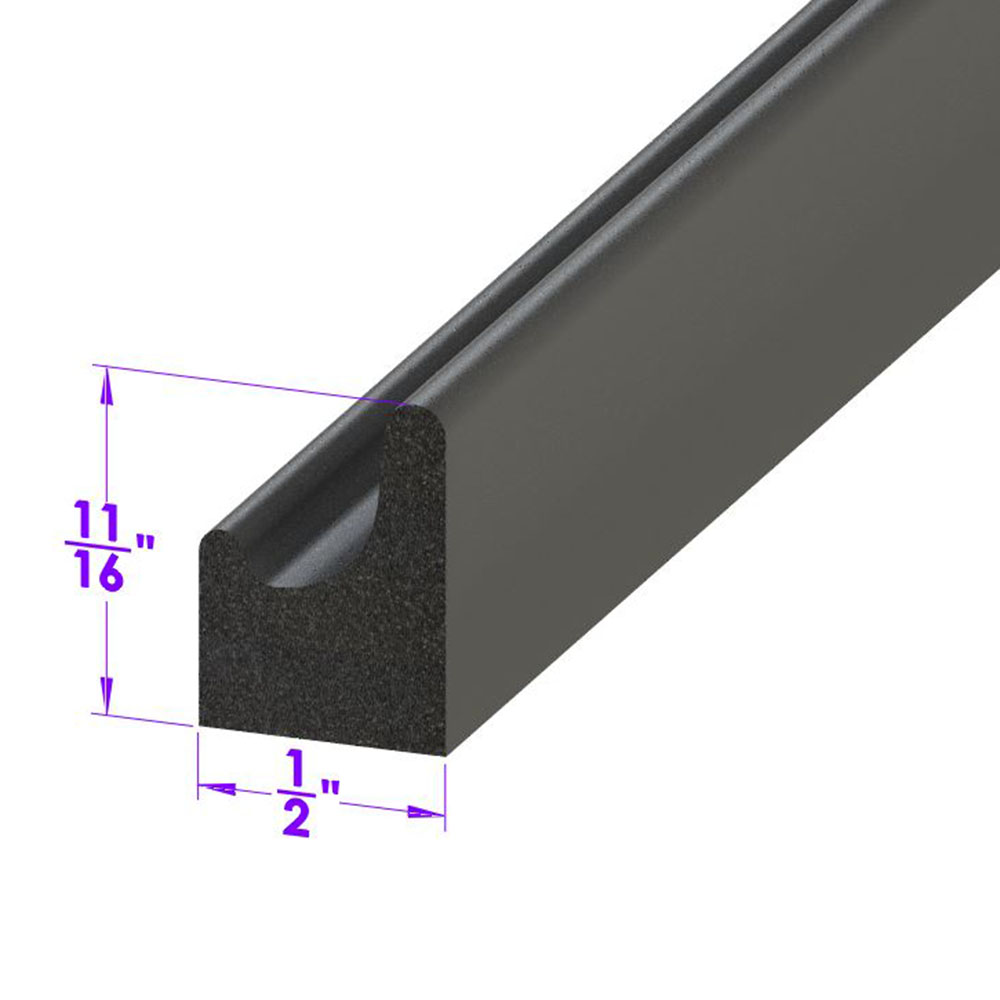 1970 Dodge D300 Pickup Door Side and Trunk Seal. Sponge Rubber. Sold by the foot-LP 40-BDoor Side and Trunk Seal. Sponge Rubber. Sold by the foot
1970 Dodge D300 Pickup Door Side and Trunk Seal. Sponge Rubber. Sold by the foot-LP 40-BDoor Side and Trunk Seal. Sponge Rubber. Sold by the foot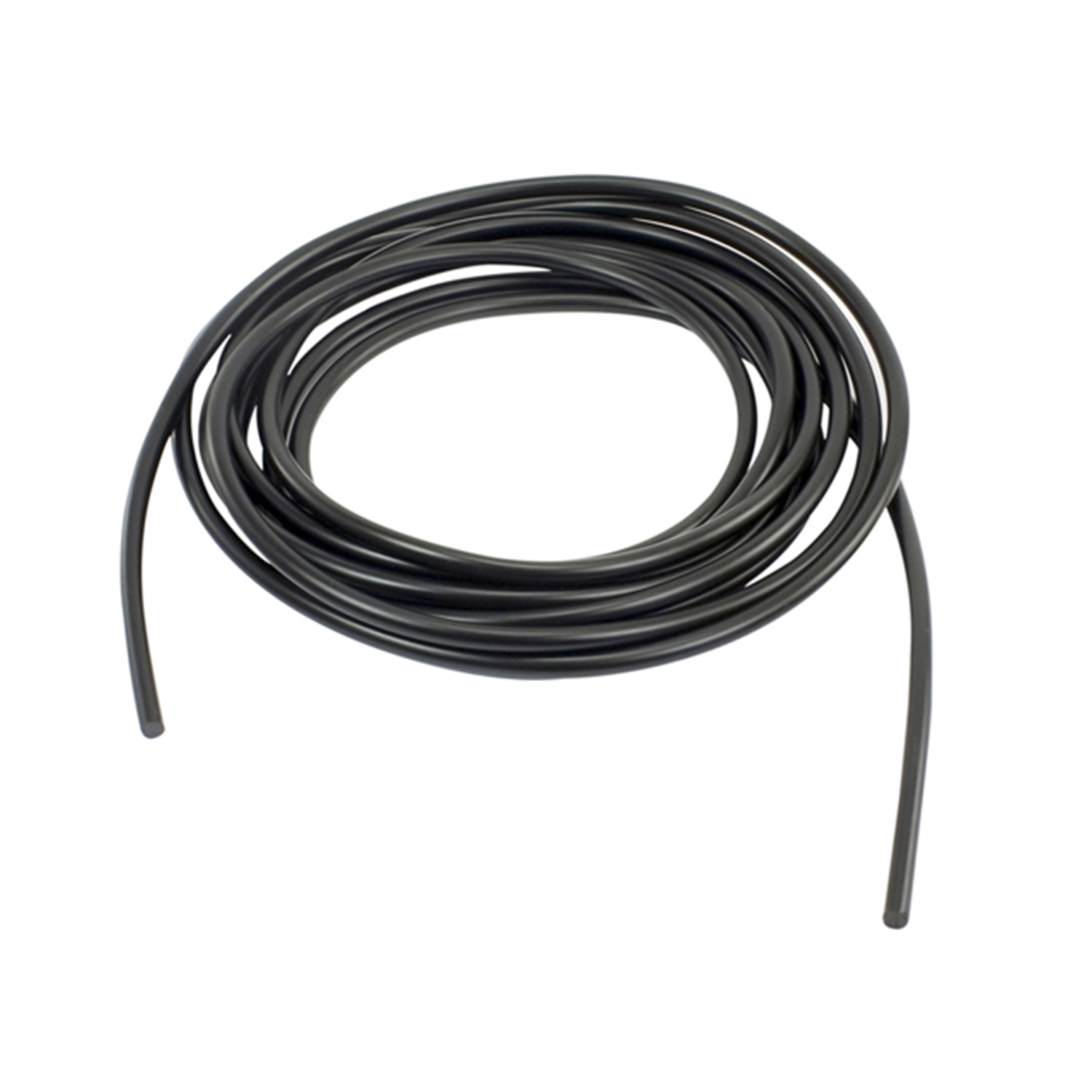 1970 Dodge D300 Pickup Windshield and rear glass lock-strip. Fits Many '57-'93 Mopars. Each.-LS 2-AWindshield and rear glass lock-strip. Fits Many '57-'93 Mopars. Each.
1970 Dodge D300 Pickup Windshield and rear glass lock-strip. Fits Many '57-'93 Mopars. Each.-LS 2-AWindshield and rear glass lock-strip. Fits Many '57-'93 Mopars. Each.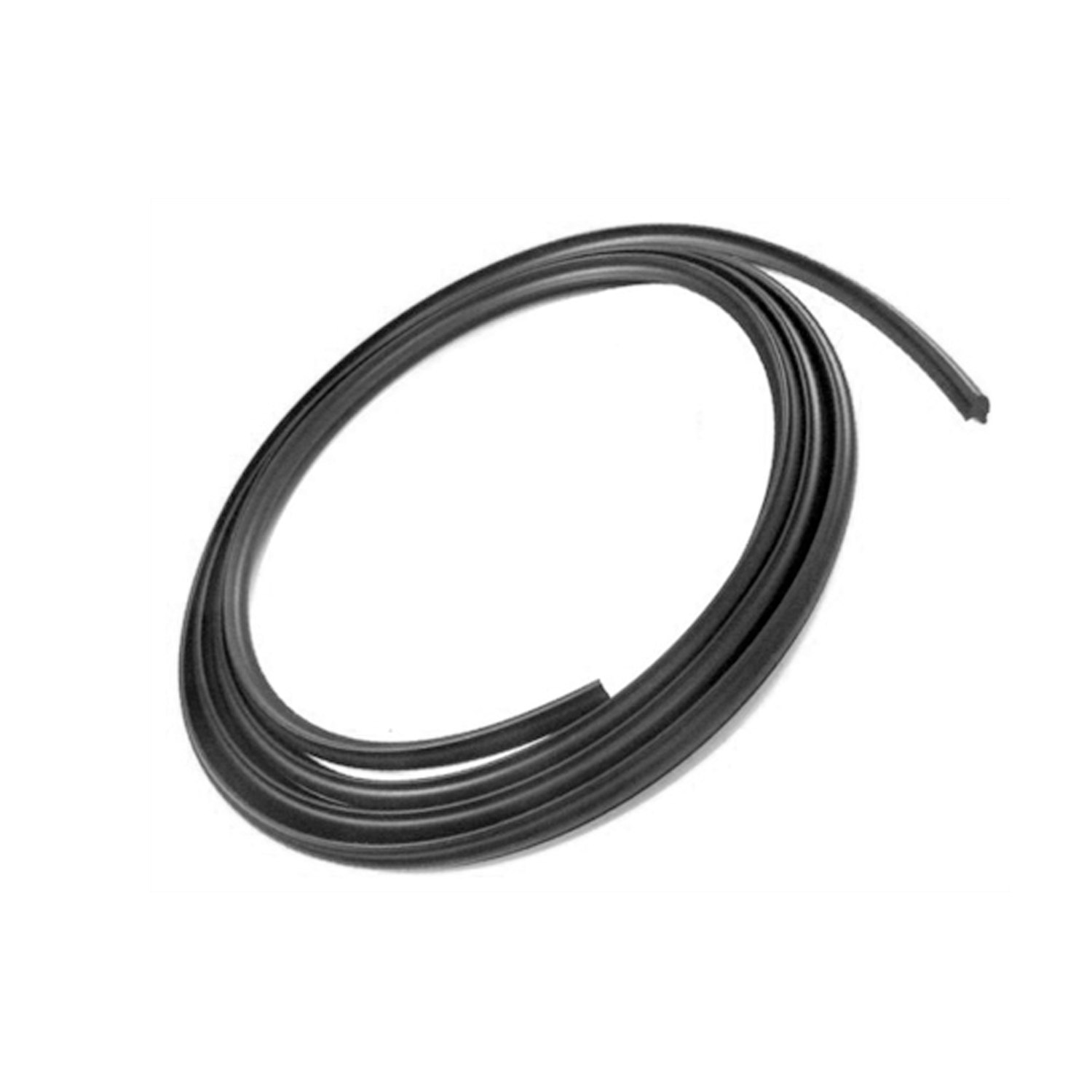 1970 Dodge D300 Pickup Lockstrip Seal, 54-93 Mopar Full Size Truck, Van & SUV, Chromed Plastic Type-LS 2-VLockstrip Seal, 54-93 Mopar Full Size Truck, Van & SUV, Chromed Plastic Type, Each. Works with Metro p/n VWS 2706.
1970 Dodge D300 Pickup Lockstrip Seal, 54-93 Mopar Full Size Truck, Van & SUV, Chromed Plastic Type-LS 2-VLockstrip Seal, 54-93 Mopar Full Size Truck, Van & SUV, Chromed Plastic Type, Each. Works with Metro p/n VWS 2706.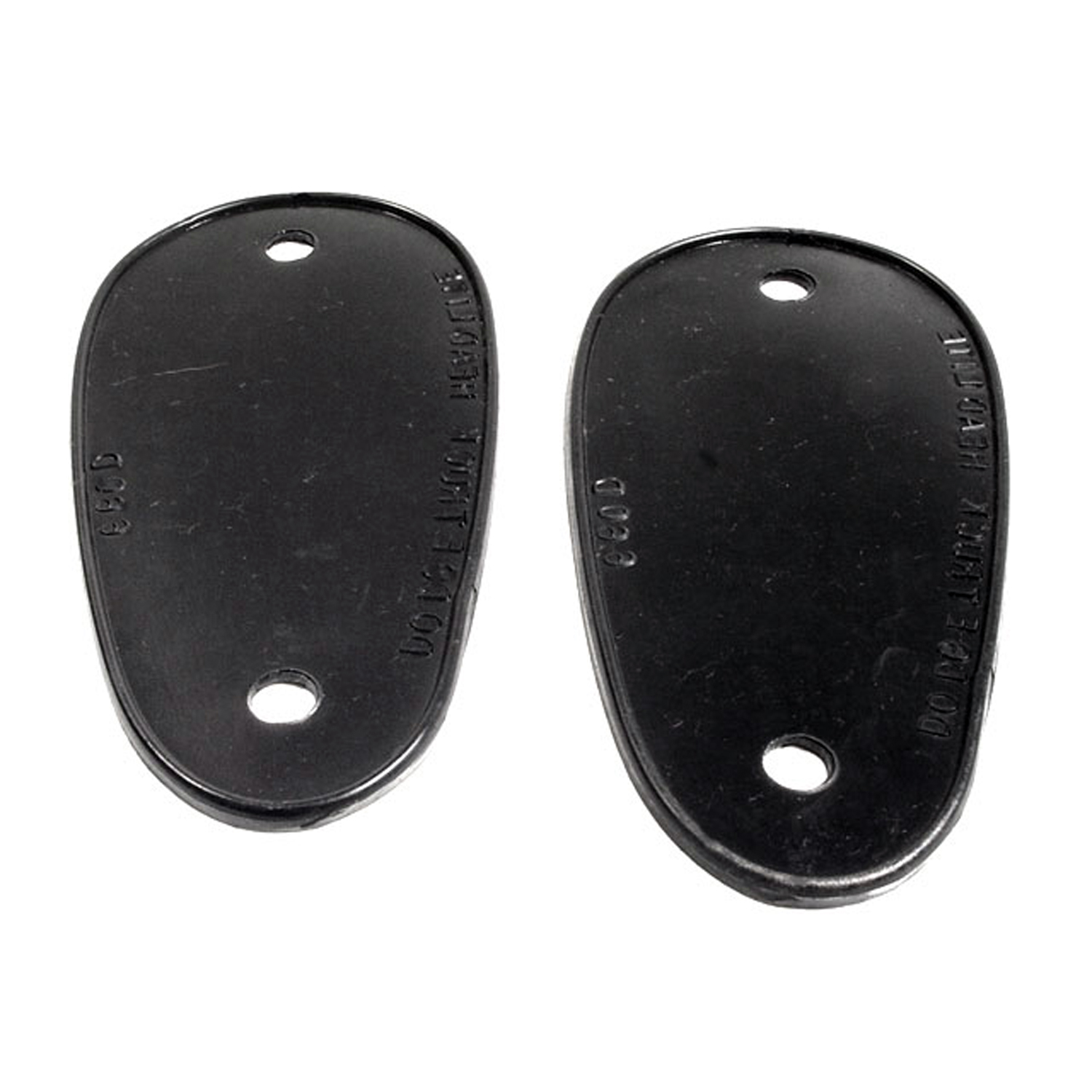 1970 Dodge D300 Pickup Headlight Pads. For One-Ton 4X4 Truck-MP 660-DHeadlight Pads. For One-Ton 4X4 Truck. 3-3/8" wide X 6-3/4" long. Pair
1970 Dodge D300 Pickup Headlight Pads. For One-Ton 4X4 Truck-MP 660-DHeadlight Pads. For One-Ton 4X4 Truck. 3-3/8" wide X 6-3/4" long. Pair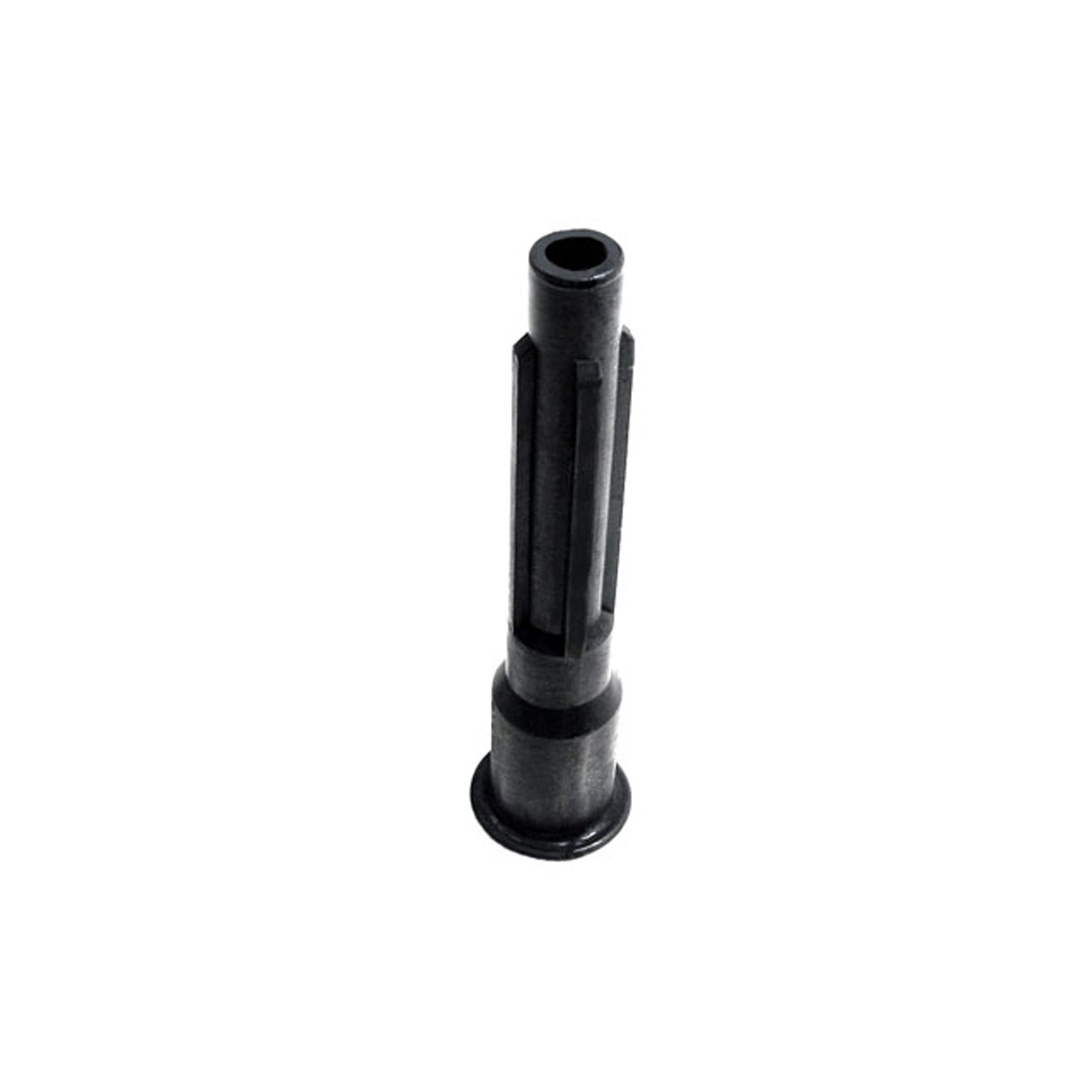 1970 Dodge D300 Pickup Flexible Spark Plug Boot, used on Hemi's with power brakes-RP 1-MFlexible Spark Plug Boot, used on Hemi's with power brakes. 4" long, 5/16" upper i.d., 5/8" lower i.d. Each
1970 Dodge D300 Pickup Flexible Spark Plug Boot, used on Hemi's with power brakes-RP 1-MFlexible Spark Plug Boot, used on Hemi's with power brakes. 4" long, 5/16" upper i.d., 5/8" lower i.d. Each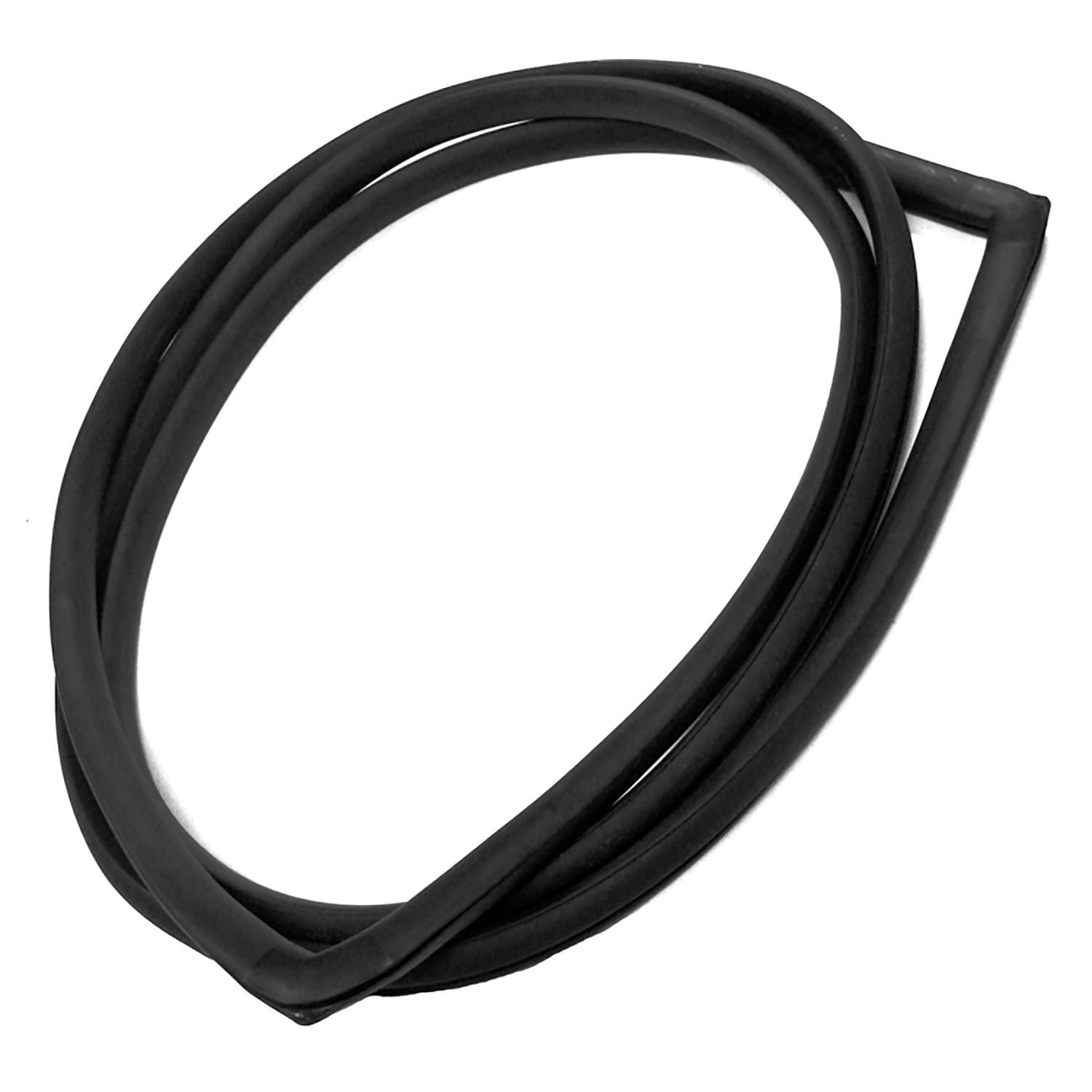 1970 Dodge D300 Pickup Windshield Seal, 6171 Dodge Full Size Truck, With Trim Grove For Lockstrip-VWS 2720This windshield seal goes first on the body then the glass is placed in the opening. A separate lockstrip (not included) inserts into the rubber and secures the glass in place. This product is made from the original specs and with high quality ozone resistant materials for a great fit and long life. This item is designed to be installed during glass replacement.
1970 Dodge D300 Pickup Windshield Seal, 6171 Dodge Full Size Truck, With Trim Grove For Lockstrip-VWS 2720This windshield seal goes first on the body then the glass is placed in the opening. A separate lockstrip (not included) inserts into the rubber and secures the glass in place. This product is made from the original specs and with high quality ozone resistant materials for a great fit and long life. This item is designed to be installed during glass replacement.Why Choose Metro?
For over 100 years, Metro Moulded Parts has been the pinnacle of quality in classic car restoration parts. Our commitment to precision and authenticity in every component ensures a perfect fit and an OEM-level appearance.
- Expert Craftsmanship & Quality: Each part is a testament to our dedication to reliability and perfection, crafted from original designs and thoroughly tested.
- Advanced Technology: We use cutting-edge techniques to create flawless, long-lasting parts that surpass others in performance.
- SuperSoft Sponge – The Ultimate Door Seal: Not only are our door seals 30% softer than competitors', but they're also guaranteed to never leak. They effectively reduce wind and road noise, enhancing your classic car's comfort and driving experience.
- Proudly American: Our parts are a product of American craftsmanship, made in the USA with a spirit of excellence and heritage.
- Unrivaled Warranty: We back our products with a 30-year industry-leading warranty, a testament to our confidence in their quality.
Join us in preserving the legacy of classic cars with parts that are crafted for perfection, not just made.

